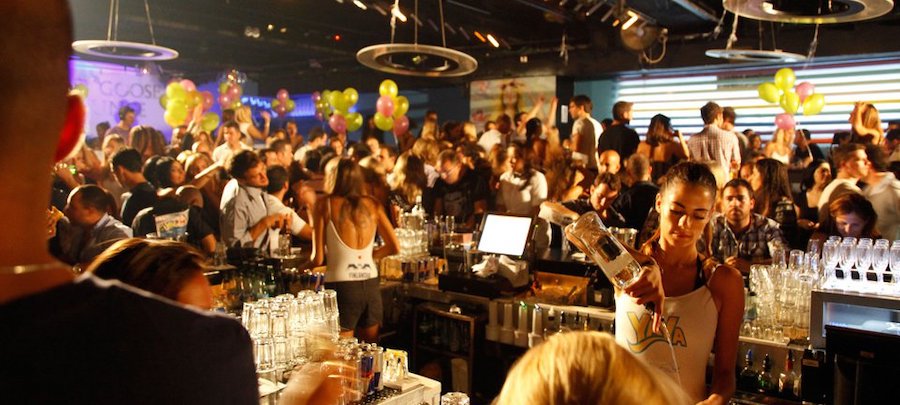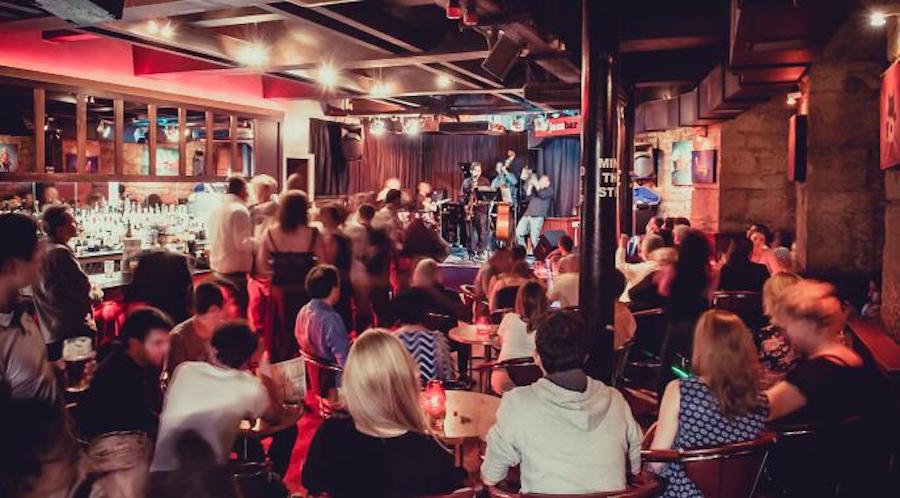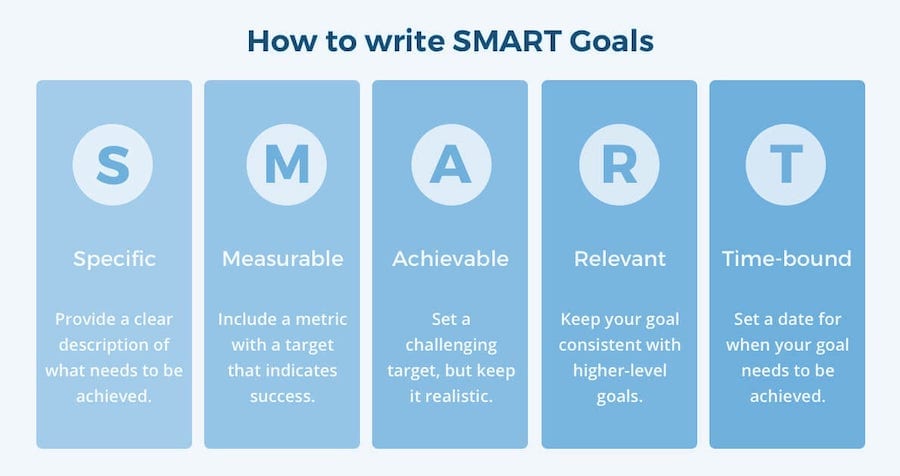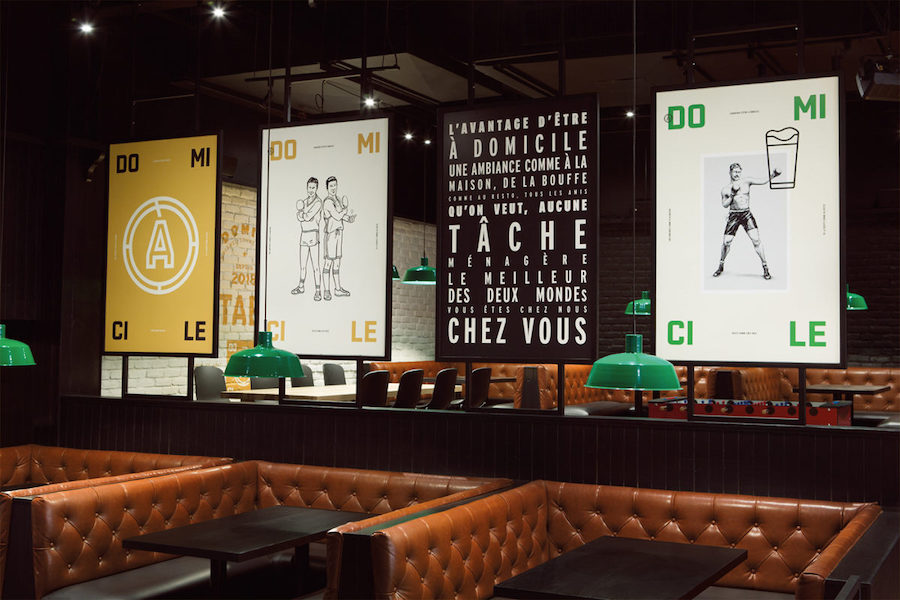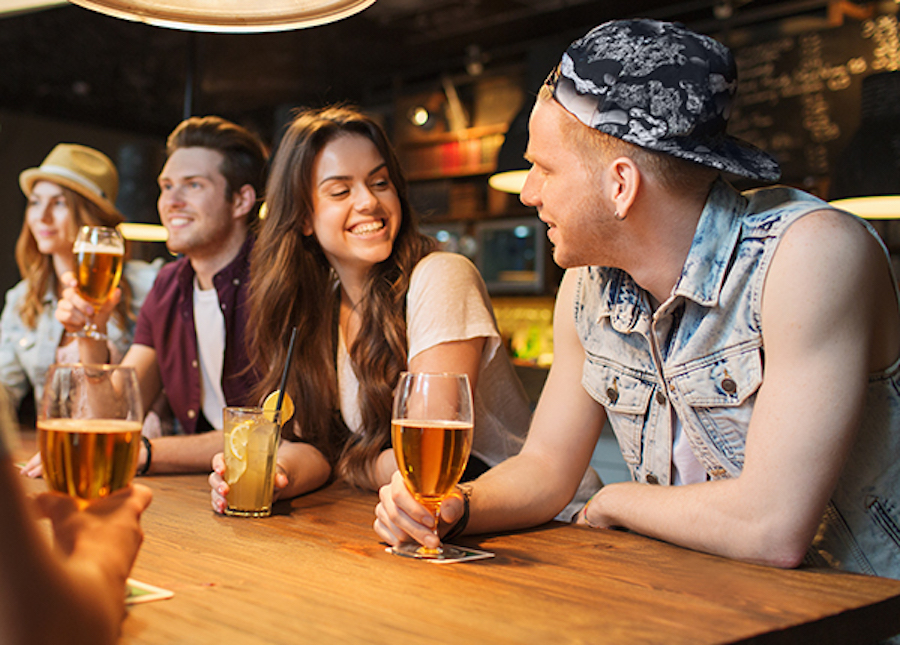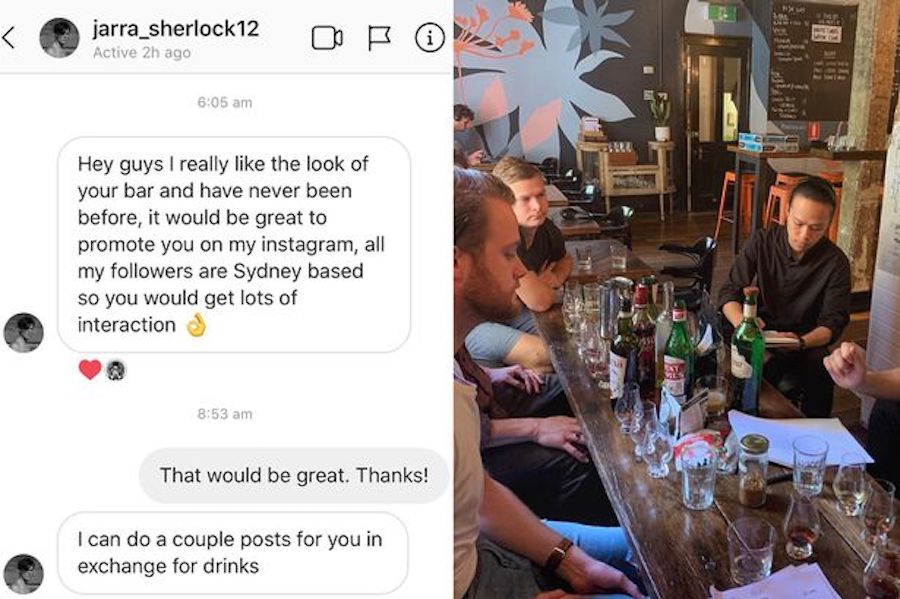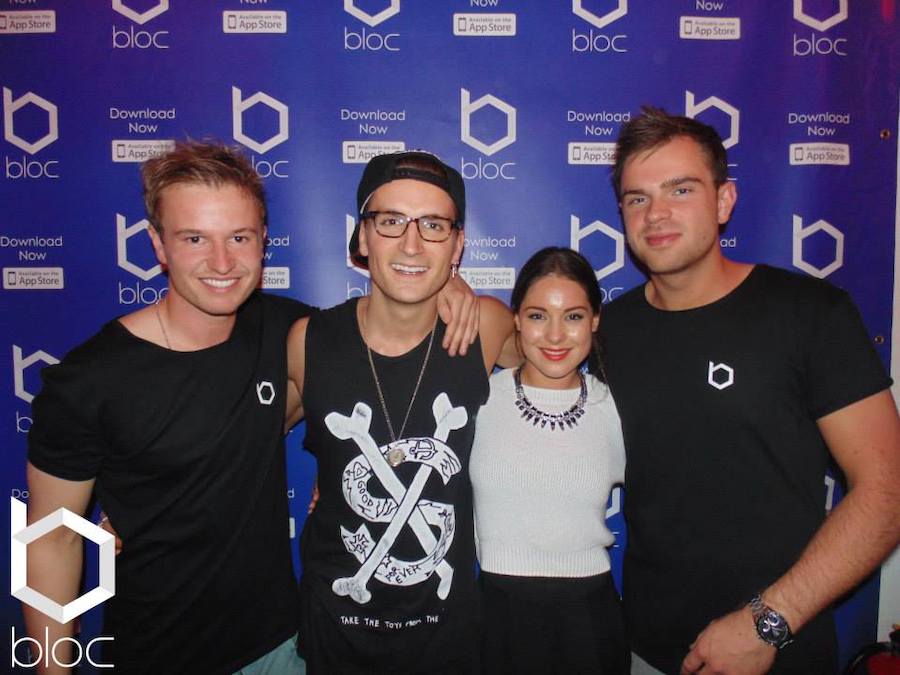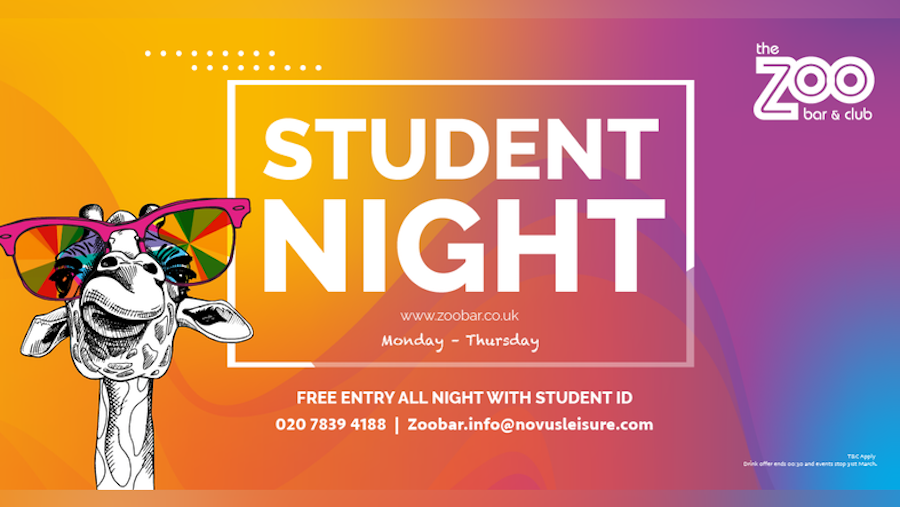Bar Marketing Strategies: A Proven Bar Marketing Strategy That Works
Implementing a perfect bar marketing strategy is vital for success.
Without a plan your bar will suffer from quiet nights and you won’t maximise the potential in terms of bar revenue.
The landscape and culture for drinking and attending bars is continuously changing, so it’s more important than ever to be prepared with your robust bar marketing strategy.
This article looks at the 3 most important sections you need for your successful bar marketing strategy.
Like a tripod, if you fail to implement one, they will all fall.
1. Goals and objectives
2. Budgeting
3. Marketing mediums and best practices
1. Goals and objectives
The famous saying goes, ‘If you fail to plan, you plan to fail.’ This couldn’t be more accurate, especially when it comes to marketing.
For your bar’s marketing strategy, you need a clear plan and strategy which begins with your goals and objectives.
Goals:
First you need a goal for your marketing. This is what you want your marketing to achieve. This should be a general statement which acts a constant reminder of what you want your results to be.
It should be used as a reference for when you are brainstorming and setting marketing related meetings. Constantly think, ‘will this decision help achieve our overall goal’. You can have more than one goal, but don’t have more than 3.
For example, good marketing goals could be:
Be the most popular Jazz bar in London
Be at full capacity every Thursday, Friday and Saturday
Make at least £20k in revenue every night we are open
Objectives:
Objectives are different from goals, they are the ‘missions’ or ‘activities’ you will complete to help towards achieving your overall goals.
Where goals are quite general, objectives are more specific, time-based and are references for what you will achieve to help complete your overall goals.
A goal is an idea, but objectives are factual. Objectives must be SMART. SMART stands for specific, measurable, achievable, relevant and time limited.
Taking the example of the jazz bar in our goal section above, an example of a marketing objective could be:
Get the email addresses of 5000 jazz fans in London within 3 months.
This objective is smart:
- Specific: ‘get the email addresses.’ This is very specific and clear of what this objective is.
- Measurable: ‘5000’. When evaluating this objective and its status you will be able to ‘measure’ how many email addresses you have got.
- Achievable: is 5000 email addresses achievable and realistic? You can decide this. It’s always best to play devils advocate. Aim high, but make sure it’s actually achievable to avoid disappointment.
- Relevant: this objective is relevant to your jazz bar because you have stated ‘email addresses’ of jazz fans.
- Time limit: this objective state ‘3 months’. This has a timeline to work towards.
Note how this objective, if achieved, will clearly contribute to the overall goal of being the most popular jazz bar in London. Goals and objectives should complement each other.
SMART objectives are very useful because they can easily be tracked to know whether your marketing efforts are actually working or not.
It’s important you also remain flexible. Your goals and objectives could change based on what’s working or not working. Don’t be afraid to edit or remove objectives if needs be.
Once you have your goals and objectives, it’s time to move onto the next, slightly less exciting aspect of your marketing strategy, budgeting.
2. Budgeting
For your bar marketing strategy plan to be successful you need to carefully think about your budget.
Without budget planning you are likely to waste funds on marketing that doesn’t work.
You also won’t know what marketing is actually working.
It’s possible to market your bar without a decent sized budget but obviously you will be limited on what you can do.
There are plenty of free marketing mediums out there to use, but by spending on marketing you are far more likely to achieve the goals you want.
Spending on marketing, if done correctly, should lead to an increase in bar revenue, which can then be re-invested into marketing and the rest of the business.
Most bars that fail, failed to budget properly or relied too heavily on free services.
To begin with you should ‘dabble’ on lots of different mediums.
Analyse the results, in terms of amount spent vs bar revenue.
Once you have found the mediums that work well for you, with the least cost, then you can double down and invest more into those mediums.
For example, you might find that SEO works really well for your bar, but Facebook ads don’t.
You can stop the Facebook ads and pour those funds into improving your SEO rankings.
The most important element of proper budgeting is continuously evaluating the results you’re getting and measure up the cost vs revenue on your profit and loss sheet.
3. Marketing mediums and best practices
At this point you should have some goals and objectives in mind and a rough idea of how much you are willing to spend each month on marketing.
The next step is to list every single marketing medium you can think of and assign a monthly budget to each one.
Unless you try a marketing medium you will have absolutely no idea whether it should be included in your bar marketing strategy plan. Try them, test them and evaluate each one.
The best bar marketing strategies are usually multi-level and a combination of lots of different mediums.
When you use different mediums all at once they can compliment each other and you’ll have more chance of reaching your target audience at the right times and more than once.
This ensures you will actually reach them and the more times you ‘hit’ a potential customer with your marketing, the more chance they’ll be of them visiting your bar.
For your bar marketing strategy, here are some categories you should think of and could be included in your bar marketing strategy plan.
Branding
Branding has become incredibly important because markets have become incredibly saturated, including the bar industry.
You need your customers to remember your brand for repeat business.
This goes way beyond just your bar logo and interior. Your brand and bar need to be remembered as a positive experience.
First define your niche, practice what you preach and be clear on what your brand is. If you are a high-end and expensive cocktail bar then everything you do, including how your drinks are served and the marketing you do should have your customer in mind.
For example, you wouldn’t serve your drinks in plastic cups, market your bar on Gumtree or have cheap signage outside.
Once you have defined your brand you need to be clear on what customers to target. If you’re a high-end glamorous cocktail bar, your target audience are probably wealthy individuals.
By knowing your customers, you can tailor your brand to them, e.g. with plush interior and expensive cocktails.
Your brand message should be remembered across every medium that you use.
Word of Mouth and Experience
The most powerful form of advertising is still word of mouth. And do you know the best part about word of mouth? It’s free.
If you provide the perfect bar experience, then more people will hear about it and want to go as well.
You should invest most of your marketing budget on your bar, staff and staff training for impeccable bar service.
Put yourself in the shoes of your customers and ask yourself what sort of night would you remember? Also ask what would ruin your night? E.g. people hate queuing any longer than 5 minutes for a drink!
The secret to a good bar marketing strategy is to analyse what is working and what isn’t working. By constantly analysing, you can see where you’re getting the best results and what’s not working so well. You can then pour more resources into what’s working and get even better results.
Social Proofing
Related to word of mouth is social proofing. Social proofing has become an increasingly important part of any bar marketing strategy with the rise of social media. If lots of people are seen or heard attending your bar, then more people will want to go as well.
If it’s regarded as a ‘cool’ place to go, then more people will want to be seen there. Some of the best bars utilize this strange human behavioural trait by making sure influencers and ‘cool’ people are seen at their bar.
Watch this TED talk on ‘how to start a movement‘.
You can optimize people being seen at your bar by making sure photos are taken.
‘Photo ops’ are a great place to start, an example, one bar in New York has wings on a feature wall and another has a backdrop with their logo and a photographer waiting for people to arrive.
For your bar marketing strategy plan to be successful, it’s imperative your customers have good things to say about your bar and have a good experience.
Tread carefully as social proofing can work the other way. If no one seems to be going to your bar, then it will appear to be an unpopular and uncool place to go.
Even hiring the ‘wrong’ celebrity could have long lasting negative effects on your marketing strategy.
Make sure your bar is popular and strategize carefully on how to social proof your bar.
Traditional Marketing
There is still a place for traditional bar marketing especially in the bar industry. Each medium should definitely be trialled and explored first as it can still be expensive and ineffective.
If your bar has a lot of foot traffic, then the simple process of handing out leaflets can still work very well. Here is a list of some traditional marketing mediums to trial:
1. Leaflet handouts
2. Posters
3. Get your leaflets in front of travellers i.e. in hotels
4. Use a street team if your bar is on a busy road
5. Hire promoters and pay them for every person they get in via a guestlist
6. Get in local papers/magazines
7. Hand out material at universities
8. Freebies + merchandise. People love free things, especially students. Get other people to promote your bar by getting them to wear your logo.
9. Signage e.g. chalk boards with discounts and offers
Digital Marketing
Even with word of mouth kicking off, social proofing working and some traditional local advertising persuading patrons to attend, you still need to throw even more fuel on the fire. Look no further than digital marketing.
Digital marketing is cheap and the potential reach you can get is huge. In this article ‘50 different bar marketing mediums’ we go into detail on each medium but for a quick list see below:
1. Have a modern, minimalist and multi-device compatible website with a booking form.
2. Compile an email list using a lead magnet on your site and send promotional emails.
3. Offer free WiFi if they give their email address (for your email list as well).
4. Create a Facebook business page.
5. Create an Instagram business page.
6. Create a Twitter business page.
7. Create a Snapchat account.
8. Create a Tik Tok account.
9. Become an expert in email marketing. It’s powerful.
10. Encourage tags on photos on your social media.
11. Be on every directory e.g. Google Local
12. Get influencers and celebrities to post on social media.
13. Get in press online.
14. Stay on top of reviews like TripAdvisor and Google.
15. SEO – get your website to the top of Google’s listings.
16. Use Google Adwords and have an ad at the top of Google.
17. Use Facebook and Instagram advertising to reach your ideal customers. Offering deals and special offers works best.
18. Use Snapchat and Snapchat advertising (if you want to target the 18-24 year olds).
19. Loyalty programs. Incredibly important for repeat customers.
20. Use Bloc for brand awareness and advertise for £2 per customer.
Host Events
Touching back on what we mentioned earlier in regard to creating a good bar experience for word of mouth.
If your bar is empty on quiet days like Monday’s and Tuesday’s then it might be better to close your bar to the public and only be open for private functions.
Hiring your bar out for private functions and events can be extremely beneficial for your brand.
Product launches, award ceremonies, and charity events are always up there with the best events to attend which means your venue will be linked to a memorable evening.
This positive experience will pay dividends in the future for your brand in the form of word of mouth.
Influencers and celebrities are commonly seen at such events and it means lots of photo opportunities with your bar’s brand at the forefront.
Partnerships
You can make partnership deals with different stakeholders that can lead to guaranteed business.
Companies:
Bars can be expensive, and a lot of people don’t like to spend their own money on drinking. This is where company partnerships can be useful.
If you can get these people in your bar, without them spending their own money then it’s win-win right?
People love going out on their bosses or companies’ dime, so by creating partnerships with businesses that like to take their employees or clients out then you can get an influx of business.
It’s a win-win-win.
You get the customers, the company keeps their employees or clients happy and the client or employee go out for free.
You can partner with them by offering 10% off their bill for example.
Universities:
Although students are strapped for cash, drinking is still very much the culture at universities. Partnering with a university or universities and having a specific ‘student night’ can mean revenue even on slow nights.
Students have different timetables to the usual 9-5 so Monday’s and Tuesday’s can work well.
You can find ‘University reps’ to sell tickets and spread the word. Make sure to offer good student deals so it’s not too expensive.
There are lots of different bar marketing strategies out there.
But by sticking with the 3 pillars of goals & objectives, budgeting and mediums you can implement a successful bar marketing strategy that’s simple to follow and therefore far more likely to work.
If you have any questions we’d love to hear from you, you can email us at [email protected].
